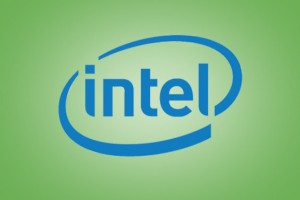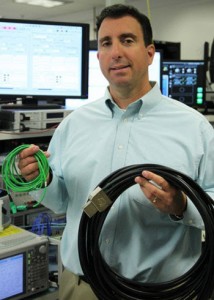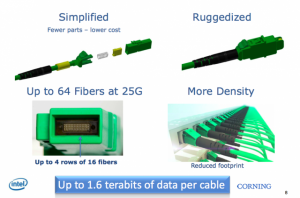



Another benefit to these new cables is the ability to navigate through sharp bends. Their fibers “have a tenth of the bend radius of traditional fibers”. This means that while current cables may navigate and run into sharp bends often seen in and around server racks, Intel’s cables not only curve around that 300 meter distance at 25 Gbps, but their flexibility while doing so sure comes in handy. No clogging? Yes please.
MXC cables pack in 64 fibers, with the ability to transmit 1.6 terabytes of data per second. In a real-life example, you could download a 2 hour HD movie (around 4GB in size) in a mere 2 seconds. Is your mouth drooling like mine? Obvious technological advances in this are screaming loud and clear to me. “Big-Data Happy” might be the literal words from Intel’s sense of creating, storing and using such high volume at such short and quick transmission rates. It is said that the ever-evolving Internet of Things is going to benefit from this greatly, adding to both information growth, and the value of MXC.



 Laptop & Tablet Parts
Laptop & Tablet Parts




















